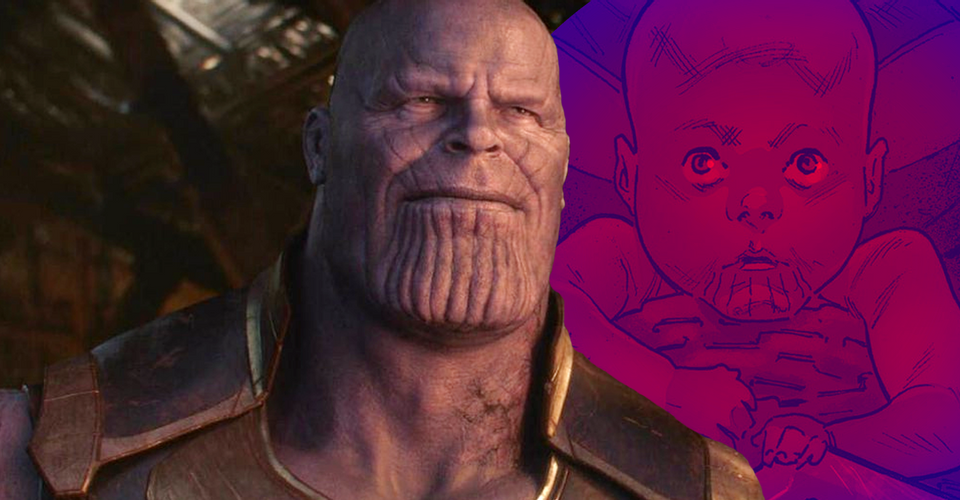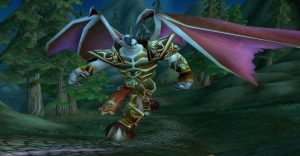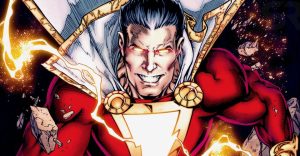Why Thanos Has So Many Biological Children (And Where They Are Now)

For someone who has spent much of his adult life literally courting Death, one of the most surprising things about Thanos is that he has populated the galaxy with so much life. He literally had progeny at every port during his time with a crew of space pirates. But why did someone who is so indifferent to life keep creating it? As with most everything else the Mad Titan does, the answer lies in his own selfishness and not-so-secret designs.
After a young adulthood spent identifying new targets for a crew of pirates, which allowed him to find a new lover at each stop, Thanos grew into one of the most terrifying villains in Marvel Comics because of his utter disregard for life. His nature as a ruthless murderer led him to seek romantic entanglement with the physical embodiment of Death. The earlier murder of his mother was not enough, and Death demanded that he escalate his murderous ways. It took slaughtering his fellow Titans to earn even a fleeting kiss, which was swiftly followed by rejection. When Thanos finally realized his quest for the Infinity Gauntlet, he used it to wipe out half of all life to again just to rekindle her interest.
Thanos’ period of creating life instead of destroying it was detailed in Thanos Rising #3 by Jason Aaron, Simone Bianchi, and Ive Svorcina. As always seems to be the case with the Mad Titan, the lives in the universe – including those that he created – are subject to his twisted experimentation, with Thanos temporarily setting aside that he views all life as a personal insult. Resisting Death, he wants to see if he can experience love for an actual person and be free of the urge to kill. The Mad Titan also desires to learn if his children will carry the same deviancy he perceives in himself and if this can provide any insight into where it comes from – a question the vivisection of his mother has failed to answer.

Finding neither answers nor satisfaction, Thanos returns to Death, who demands he kill all his offspring to prove himself to her. After realizing he cannot fight his nature, he is more than happy to close this chapter of his life, making his depravity more twisted since he is actively choosing Death after a period of creating life. Despite his almost wholly successful attempt to wipe out his children – culminating in the Infinity event – Thanos’ Inhuman son Thane and luphomoid son Zorr avoided this fate, standing as something lasting that Thanos brought into the world during his brief flirtation with life.
Though Thane was an Inhuman Healer, Thanos’ darkness was indeed present in his son, who nearly killed the Mad Titan and later became a cosmic threat himself after gaining the Phoenix Force. This led to another showdown with his father where Thanos trapped him in the God Quarry. Zorr, on the other hand, only appeared briefly, but demonstrated Thanos’ penchant for destroying planets when he destroyed Xandar and was himself killed by the Nova Force. His relationship to Thanos is established by Nebula’s claim that he was her father, but she has proved an unreliable narrator in the past. Still, destroying planets is a familial trait that few are bound to have, lending credence to the possibility that Zorr is a long-forgotten son Thanos actually allowed to live.
His creation of so many children, followed by his later attempts to eradicate them all, could be chalked up to the Mad Titan’s desire to prove himself to Death. Yet Thanos still clings to the idea of adopting children of his choosing – Gamora, Nebula, and the Black Order. Thanos Rising confirms the Mad Titan truly believes himself to be tainted, and yet his striving for first biological and then adopted children still hints at a desire for both legacy and control – a deep-seated urge which may explain why Death has yet to truly accept his advances.

















